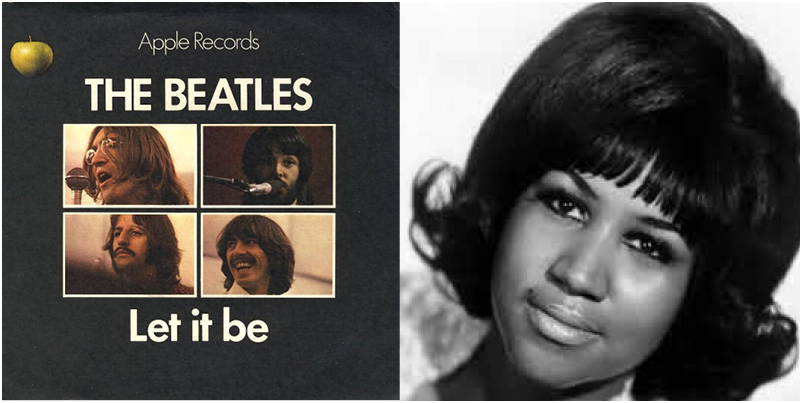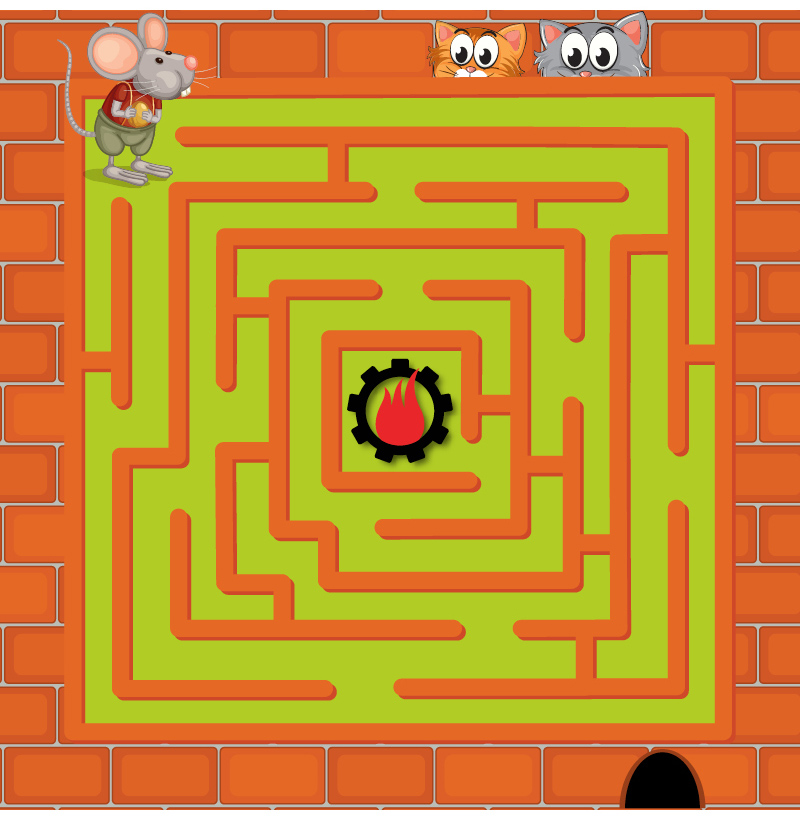Rising

(top) I just love Dave Sandford’s photos of waves on Lake Erie…see more photos and his story HERE. (row two) A profile of all the great lakes. Erie is by far the shallowest. (row three) A really cool illustration of what’s going on with the water. (row four) A map of our location and a Great Lakes water flow map. Who knew? (row five) A nice simple wind set-up illustration. (row six) No, it’s not a graph of my heart rate while at a CAVS game, it’s actually 100 years of water levels on Lake Erie. Download a version you can even read. (row seven) High water levels or not, these people can still enjoy our fresh water lake. (row eight) This guy just caught a Perch! And if he knows what he’s doing in the kitchen, tonight’s dinner could look like this. (row nine) Ducks over the lake. (bottom) A satellite view of the lakes. Ontario at the lower right. Huron at the middle right. And Erie in the middle. There I am waving to you at the base of that gigantic map pin.
As I look out my window (yes, I have an THE most amazing view of Lake Erie), and watch another rain storm pass by, it got me to thinking about this year’s water levels in Lake Erie, and the surrounding great lakes. What causes the levels to rise, how does the water flow, and will we have relief when the sun starts to burn through the clouds (hurry). So, I did some digging and found some answers and trivia you can use at your next backyard cookout. Enjoy, and special thanks to Laura Johnson, author of Rock the Lake (rockthelake.com) and The US Army Corp of Engineers for these great up to date links and info.
- Is Lake Erie higher than normal this year?Yep. Click this link This means boaters are struggling to climb up from their docks as the waves are destroying property as it erodes beaches and bluffs. The shoreline and marinas are dealing with ice and high-water damage. So far, the lake is still 7 inches short of the record high set in 1986 (surprisingly it’s now about the same as last year). In mid-February, water levels jumped quickly, so they were nearly a foot higher than they were in early spring 2017, said Scudder Mackey, chief of the Coastal Management office for the Ohio Department of Natural Resources. Lake Erie is as high as many people can remember. “This year it went through the roof,” said Rob Quinn, who lives on Kelleys Island four months a year and has seen his boat lifts torn right off the dock. “There are weird things happening because the water level is so high.”
- Do the winds effect water levels?The high-water level further intensifies a natural effect called a seiche (pronounced SAYSH) – a standing wave in an enclosed or partially enclosed body of water. Seiches and seiche-related phenomena have been observed on lakes, reservoirs, swimming pools, bays, harbors and seas. Locally we experience a change in water level across the lake because of wind or atmospheric pressure. Winds across Lake Erie can mean a 10-foot differencebetween Toledo and Buffalo.
- What determines water levels? All the Great Lakes have high water levels right now. Lake levels generally depend on the amount of precipitation in each watershed and the amount of evaporation of water off the lake – especially in the fall, when cold, dry air sucks moisture out of the warmer lakes. Get this great tracking link
- Why do levels change?Water levels change very quickly on Lake Erie because it’s so small and shallow, Mackey said. “You could have a major precipitation event and the next day you’ll see a change in the water level.” Lake Erie levels are also affected by the amount of precipitation in the upper Great Lakes: Superior, Michigan and Huron. About 92 percent of the water in Lake Erie comes from the upper lakes, through the Detroit River, into Lake Erie. Lake Erie then flows into the Niagara River, into Lake Ontario.
- Why are lake levels high?There was an increase in rain and snow the last two years in the upper lakes, Mackey said. There were also more frequent, stronger storms on Lake Erie, especially this past June.
- Have lake levels broken records? Not this year. Lake Ontario broke records last year, but for Erie, the highest water was in 1986. That was 7 inches higher than now, according to the Army Corps of Engineers. There was high water across the Great Lakes in 1973 and 1974 and in 1997 and 1998, Mackey said. In 1999, the water level dropped dramatically, about 3 feet. It stayed relatively steady until about 2007, when It gradually began to build.
- Can the government control water levels? There is no human regulation of water levels in Lake Erie, unlike in Lakes Superior and Ontario, at either end of the system, Mackey said. Ontario set records and suffered massive flooding last year. Lake levels tend to be cyclical.
- What’s happening to land? Clay bluffs in Lake and Ashtabula counties are especially susceptible to erosion and can quickly lose large slumps of land into the lake. Cuyahoga County has bedrock bluffs, which tend to be stronger. Property owners have lost docks, stairs to their beach and structures meant to combat erosion, Mackey said. Though whole houses have fallen off cliffs in the past, he hasn’t seen that this year.
- How are people reacting? Boaters may think the high-water levels are great, since they don’t have to worry about hitting rocks in shallow areas or having to deal with marinas being dredged, Mackey said. But there are some issues for boaters. On Facebook, Jeff Walker said boats cannot get under the Route 6 bridge in Vermilion and so, can’t leave the dock. John Ready said the east breakwall in the Cuyahoga River is barely visible, creating a hazard for inexperienced boaters.
- Is this effecting property owners? Property owners have experienced major damage, though. So far this spring, property on the east side of Kelleys Island lost 8-10 feet of land, said Ned Williams. Quinn added 30 feet of concrete to his dock, so he can reach the end. “I’m just one guy. The whole shoreline is that way,” he said. “A lot of concrete trucks have been coming to Kelleys for construction projects.”
- What can property owners do?Many property owners installed sea walls, rivetments, groins, concrete modules and other kinds of shoreline protection the last time the lake was high, 30-40 years ago, Mackey said. Those projects are coming to the end of their useful life. “People will put almost anything in the water to try to protect their property,” Mackey said. “We want to make sure the materials that are used don’t pose a public health or safety hazard and don’t degrade Lake Erie. You don’t want broken up concrete with rebar sticking out.”
- What’s the forecast? Lake Erie folks should see some relief. The Army corps of Engineers forecasts that lake levels will drop 3 inches by July 15.
Some things to do right now:
Watch & listen to the Eurythmics – Here Comes the Rain Again
Watch & listen to Singin In the Rain
And…
10 Things You Didn’t Know About Lake Erie
.
.
.













